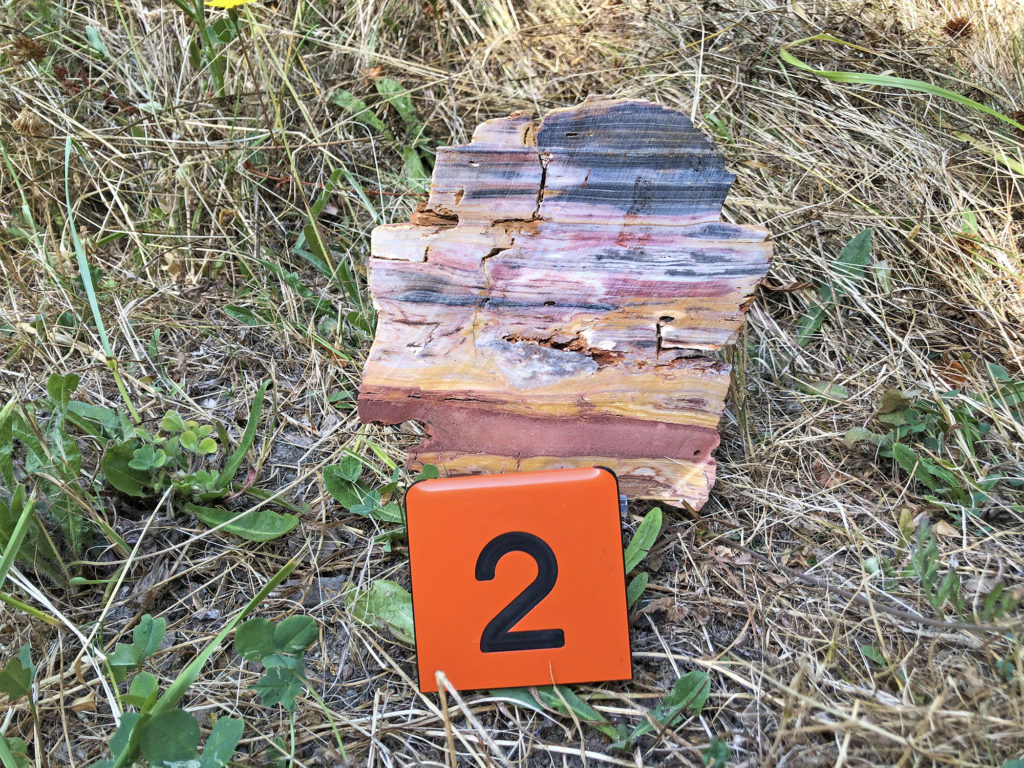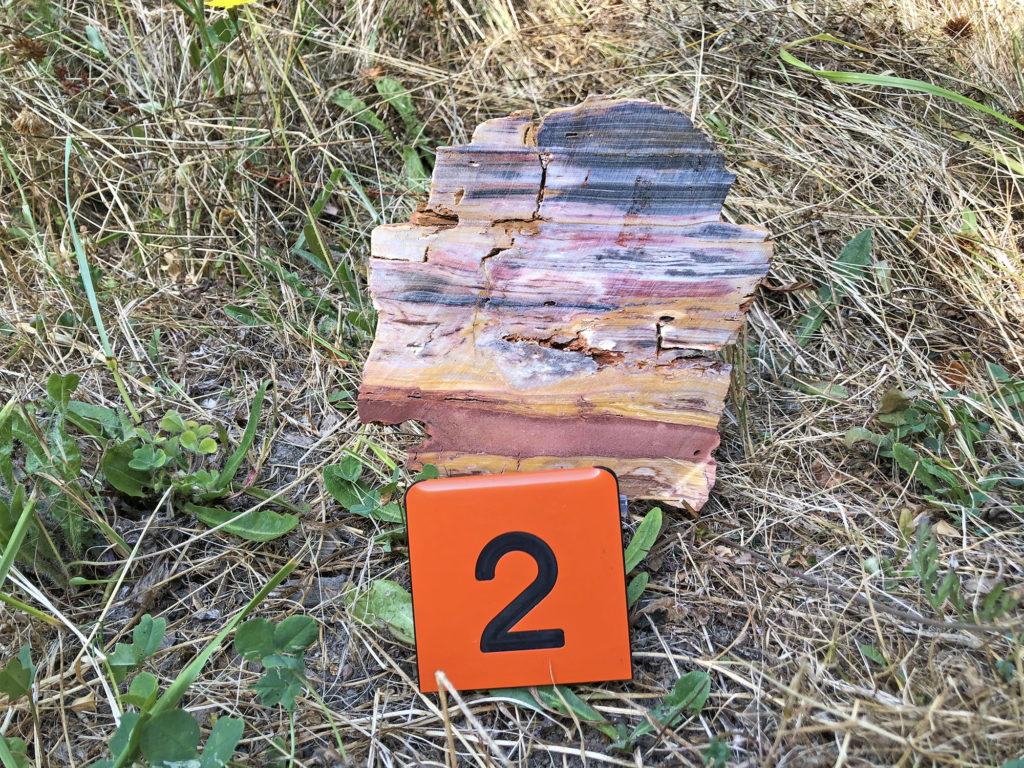
Tentative & Durable Science Knowledge changes & endures


Tentative & Durable Objectives
-
Explain how scientific knowledge can be both tentative and durable, providing examples of knowledge that exemplifies both of these characteristics.
-
Provide examples of large reptiles that used to be classified as dinosaurs and now are taxonomically classified in different groups.
-
Tell the dinosaur story including evolutionary origins, structural features, major taxonomic groups, new avenues of research, and theories for their extinction.

Scientific knowledge is not fixed; new perspectives can reveal new understandings. Changing cultures and technologies lead to new observations and inferences.
We’ve already seen how improved microscopes revealed there were not tiny people wrapped up in eggs or sperm. We’ve also covered how the context of an individual matters, like Darwin coming from an educated and wealthy family.
At the same time, we count on science getting things “right;” developing the next vaccine, revealing new material properties, and increasing food production.
How is it possible for knowledge to be subject to skepticism and change and still be useful?

This video addresses the changing nature of scientific knowledge.
New data has significantly altered evolutionary trees, including models of vertebrate ancestry.
Dinosaur “Relatives”
The story of dinosaurs has been changing with new fossil evidence. Many large reptiles previously called “dinosaurs” now are classified separately. Plesiosaurs were the real “Loch Ness Monsters” of the Jurassic Period in the Mesozoic Era.
The Ichthyosaurs pre-dated the Plesiosaurs as large reptilian marine carnivores.

Researchers rely heavily on morphological data to reveal information about long-extinct species. Other forms of data, like this fossilized coprolite (scat) from an Ichthyosaur, reveal information about diet and behaviors that may add important information to bone and tooth data.
Scientific knowledge changes, adding depth of understanding and reducing incorrect conceptions.
Dinosaurs
In the past few decades, new dinosaur fossil finds have made this group of reptiles even more interesting. This section provides an overview of dinosaurs.
We’ll begin with a general look at the major groups of dinosaurs.

Ornithischians
“Bird-like” pelvis, these herbivores include stegosaurus, hadrosaurs, and triceratops.

Sauropod Saurischians
Herbivorous dinosaurs with a lizard-shaped pelvis. Many were massive, including Brachiosaurus.

Theropod Saurischians
Carnivorous dinosaurs with a lizard-like pelvis, including T. rex and velociraptors. This lineage gave rise to modern birds.
Stegosaurus, an ornithischian herbivore, is one of the best-known dinosaurs. The spiked tail may have been a defense against predators, and the raised plates may have been used for display or possibly cooling.
Evolutionary trees are used to organize different types of dinosaurs.
Brachiosaurus is one of the iconic sauropods, recognizable with its upright stance.
Knowledge about dinosaurs continues to update, although some understandings remain unchanged. They are an excellent example of how scientific knowledge can be both tentative and durable.
The next section shows how fossils are formed and represent past species.

Check your knowledge. Can you:
-
explain how scientific knowledge can be both tentative and durable, providing examples of knowledge that exemplifies both of these characteristics?
-
provide examples of large reptiles that used to be classified as dinosaurs and now are taxonomically classified in different groups?
-
tell the dinosaur story including evolutionary origins, structural features, major taxonomic groups, new avenues of research, and theories for their extinction?



